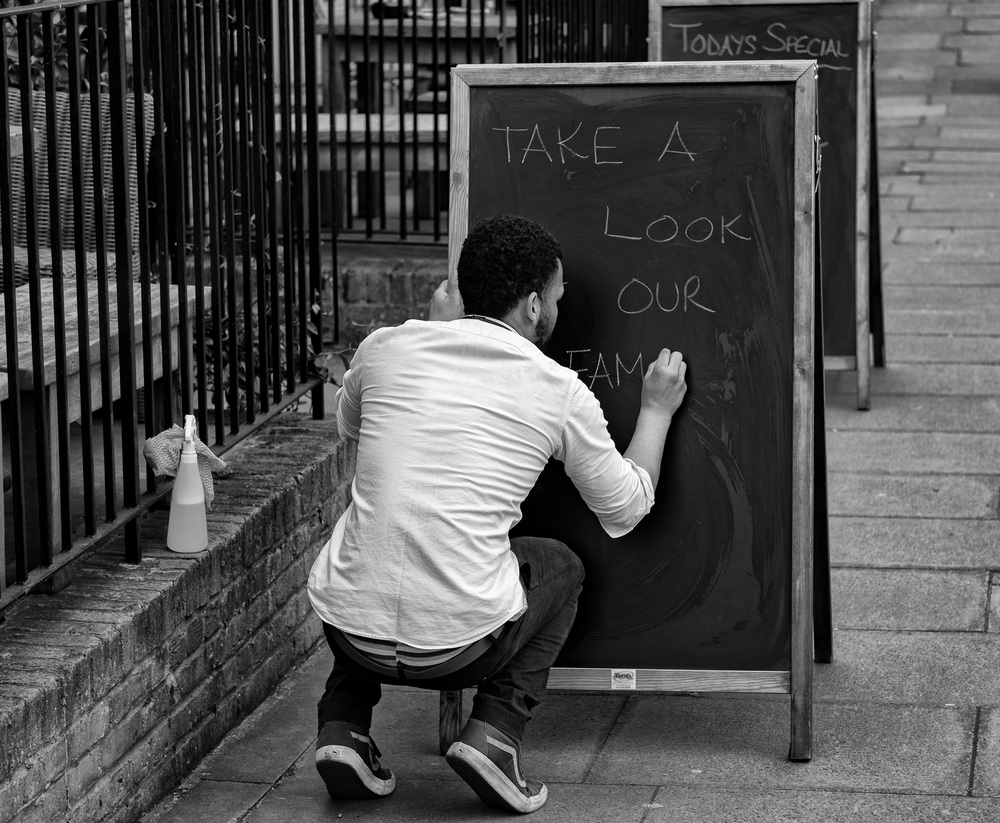
Since two MacFilos writers, Bill Palmer and William Fagan have already have their impatient hands on the new Fuji X-Pro2, I thought that I couldn’t let them have all the fun. Now I too have the Pro2 and the much-acclaimed “Leica-look” 35mm f/2. And, as a bonus, the first Zeiss Touit lens I’ve had the pleasure of trying is sitting before me on the desk. This is the 50mm f/2.8 Makro Planar.
This package of goodies arrived at Macfilos Towers here in Holborn courtesy of the knowledgable and ever-helpful Andy Sands of the Chiswick Camera Centre. I have the trio for a longish test period. Did I mention Chiswick Camera Centre? Thanks, Andy.
Many of you remember that my dalliance with Sony ended on the A7II when I decided to concentrate full-frame shooting on Leica. But for APS-C moments (and they are rather useful moments, I have to say) I do have a fondness for Fuji’s X Series. This is not just for the styling and the image quality but for the level of customer commitment and service which runs Leica a close second. When using manual lenses on APS-C I also appreciate the duality of focal lengths that the crop sensor brings. Two prime M lenses, such as a 28mm and a 50mm and two bodies offer full-frame-equivalent focal lengths of 28, 42, 50 and 75.
Above: Touit-to-whoo: Patient pigeon clearly trusts a fellow Touit avian as the long lens gets closer and closer. The crop shows a good level of detail, partly thanks to the 24MP sensor of the new Fuji but this superb lens also has a great deal to offer
So I was primed and waiting for the X-Pro2. I tried the Pro1 when it was launched and here I am again about to put the Pro2 through its paces. We already know from Bill and William that this camera is much improved. It’s faster, has the tweaked hybrid viewfinder (with PIP live view) of the X100T and is sturdier and offers modest weather resistance when used with WR lenses. While in appearance it is very similar to the Pro1 (in that nice, comforting sense that links a Leica M3 with an M7), it is a much better camera with its 24MP sensor and numerous “pro” touches such as the twin card slots.
The 35mm f/2 WR is a little masterpiece in terms of design and ergonomics. Out goes the fat, modern auto-focus lines of most Fujinon XF lenses (in particular of its sibling, the 35mm f/1.4); in comes the nearest I’ve seen to an autofocus version of Leica’s legendary rigid Summicron. It’s a neat and lightweight (170g) little thing—I have yet to put it through its paces optically—and the hood is a gloriously compact and pretty appendage that ensures that it will stay on the lens at all times. I’d buy it for the hood alone, plastic though it is.
XF35 f/2, full frame and crop from the same image
I just love this little lens even though, as with all Fujinons, the aperture ring drives on the other side of the road to my favourite M lenses. It takes a bit of getting used to, with the narrowest (f/16) aperture to the left, next to the A détente, with f/2 out on a limb to the right. Leica owners will understand the problem. If you don’t use M glass, don’t worry.
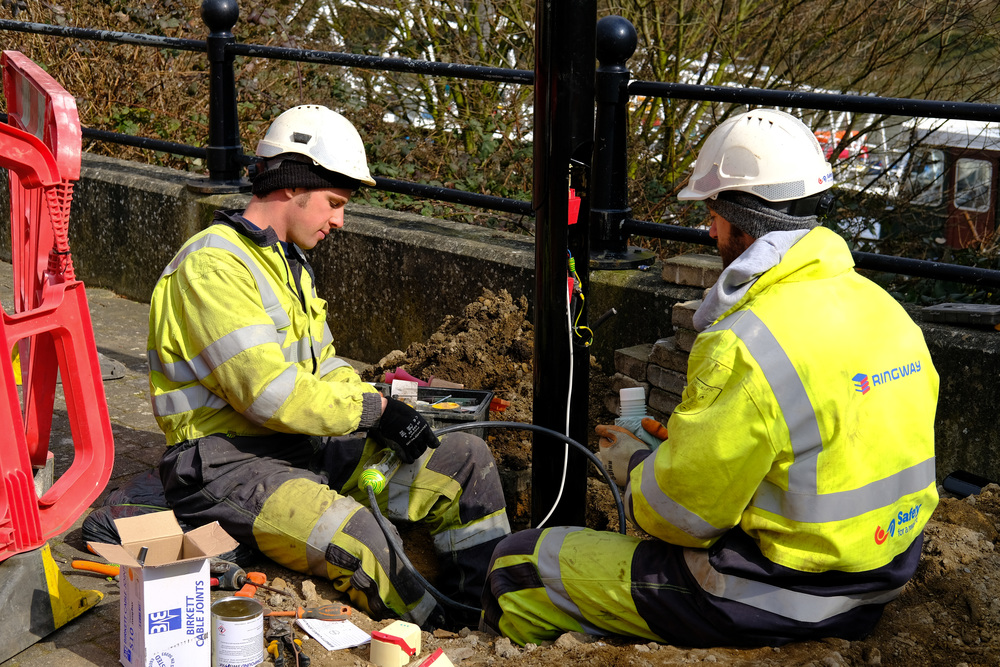
The Zeiss Touit f/2.8 Makro Planar is something else. This is a thoroughly modern autofocus design with a seductively smooth body and deliciously tactile focus and aperture rings (the latter, I should add, also drives on the wrong side of the road). It has an enormous hood, nearly half as long again as the lens. However, as I discovered this hood is a good indication of how close you can get when shooting macro. I managed to knock the bottle off the wall when I got too close, still able to focus (see below).
Above: 50mm Zeiss Makro Planar and crop from the same image
The 50mm Makro Planar is recommended by Andy at Chiswick Cameras as a more usable macro than Fuji’s own (and rather long-in-the-tooth) XF 60mm. It is capable of taking life-size 1:1 images, unlike the Fuji which is limited to 1:2, and also performs well as a medium tele of 75mm equivalent, great for portraits. I now have a compact and light (990g in) Fuji Pro set up with two useful focal lengths of 50mm and 75mm. From what I have seen on brief acquaintance, this is a lovely lens with a great performance.
Above: Zeiss f/2.8 Makro Planar at full-frame and cropped twice to show detail.
Below, a similar exercise using the XF35 f/2 but this time in colour (Velvia)
I took camera and lenses out for a brief sally yesterday afternoon and I plan to spend more time with all three in the coming weeks. I’m looking for a rainy day to try out the WR capabilities of the Pro2 and XF35 (the Touit is not weather-sealed).
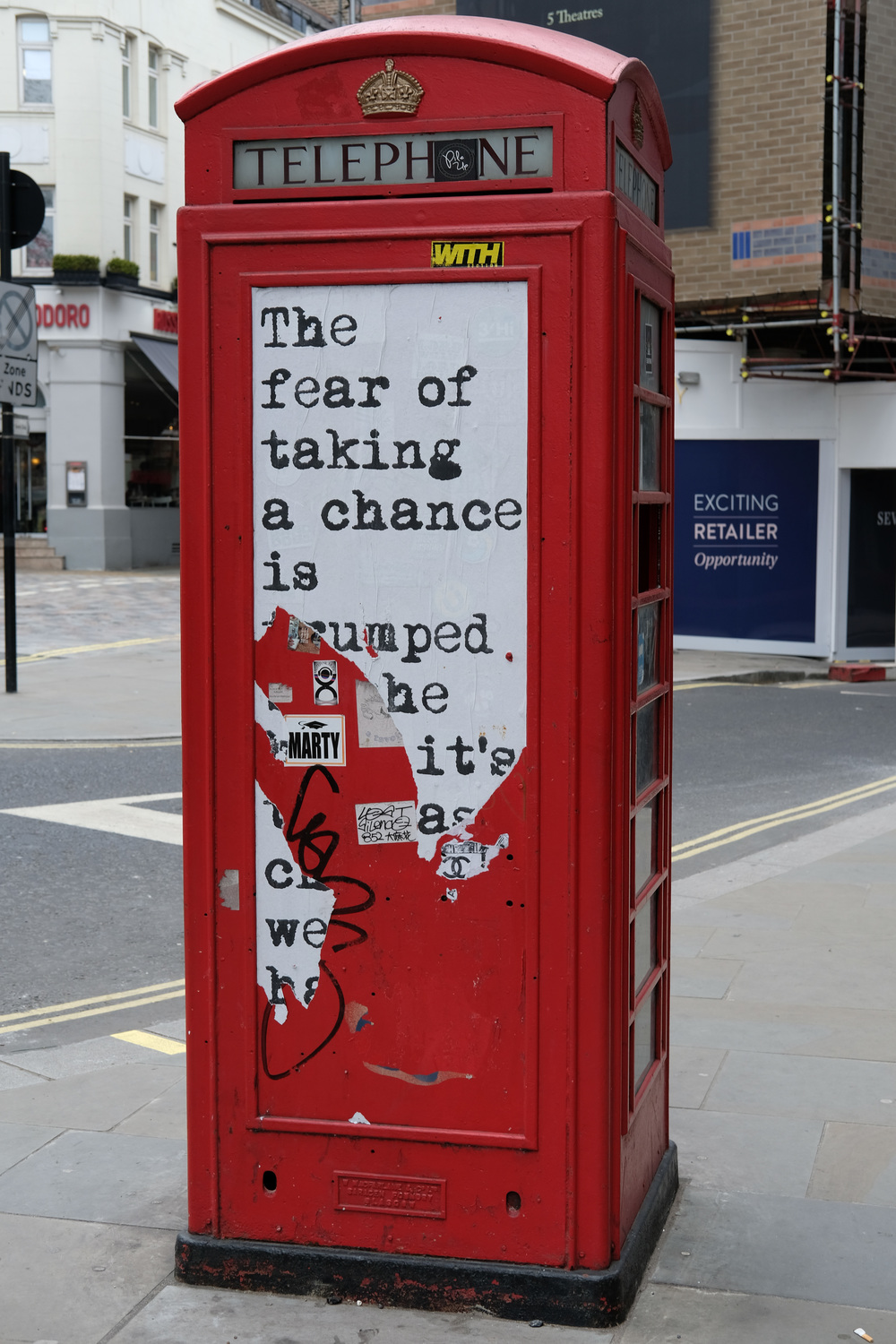
Next time William comes over from Dublin with his Pro2, Bill, he and I plan to get together and do an all-Fuji shoot out in London. In the meantime, I need to look to my wide-angle Fuji credentials. The widest I can do is 28mm but that it is with the large and heavy 18-135 zoom. In primes I don’t go wider than 42mm with the 27mm pancake.
Perhaps it’s time to look at the Zeiss Touit 12mm f/2.8 (18mm wide angle) since I am so impressed with the Makro Planar. Like Bill, I would like to see a compact 23mm f/2 Fujinon to provide that useful 35mm focal length.
Interesting thing about We Three Fujiteers, Bill, William and me, is that we all have a Leica background. William’s love is vintage screw-mount cameras and accessories while I span both ancient and modern, with a particularly soft spot for the Leica Q and a lasting infatuation with the M system. Bill is a well-regarded Leica expert and erstwhile Leica Place moderator. At the Leica User Forum he instigated the “One Leica Day”, the Leica Forum Book and the successful Leica Challenge (one camera, one lens, one city, one hour, one photo).
However, Bill is down to one film Leica and puts his digital mojo into Fujifilm nowadays. Again, he has become an expert on the subject and forum moderator of note. But we all appreciate that retro look that Fuji has fostered so diligently in the X-Series. Perhaps this is what attracts Leica owners to Fuji as a second body, not to mention a first camera as in Bill’s case.
Bring on the Summer. The X-Pro2 is ready to cope with the showers.
Note: All colour pictures in this article are out-of-camera jpegs in standard mode (no enhancements). The B&W imagines have been converted from RAW in Silver Efex Pro using the standard Fine Art preset.
Above: A fun first attempt at macro with the Touit when I found this bottle sitting on the river wall. By the time I had got as close as I could, the lens hood had knocked the bottle into the river. My green credentials are even more tarnished than they were.
- Subscribe to Macfilos for free updates on articles as they are published. Read more here
- Want to make a comment on this article but having problems? Please read this

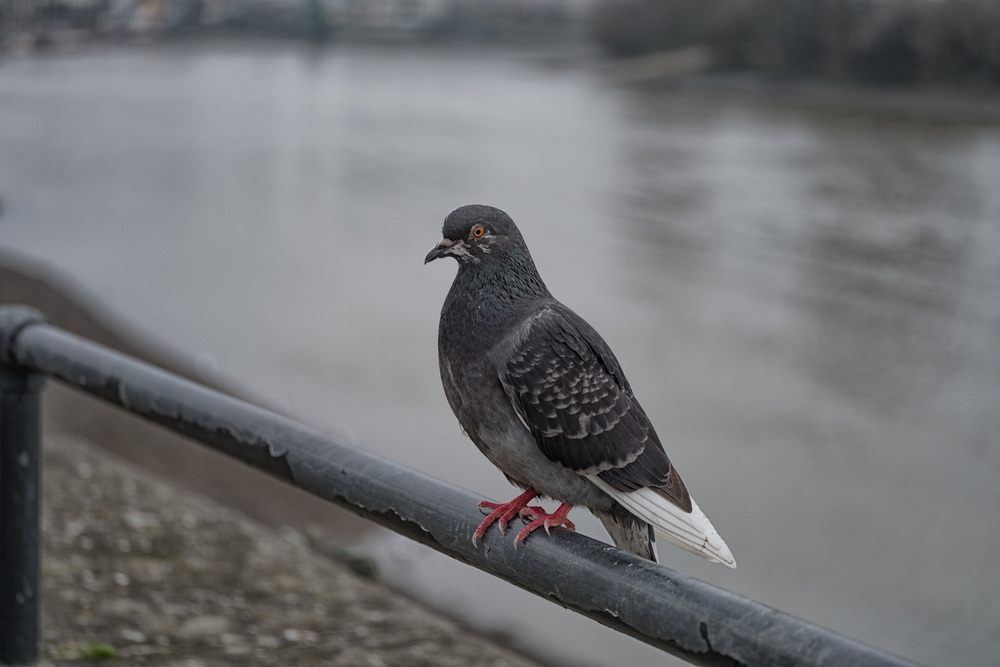
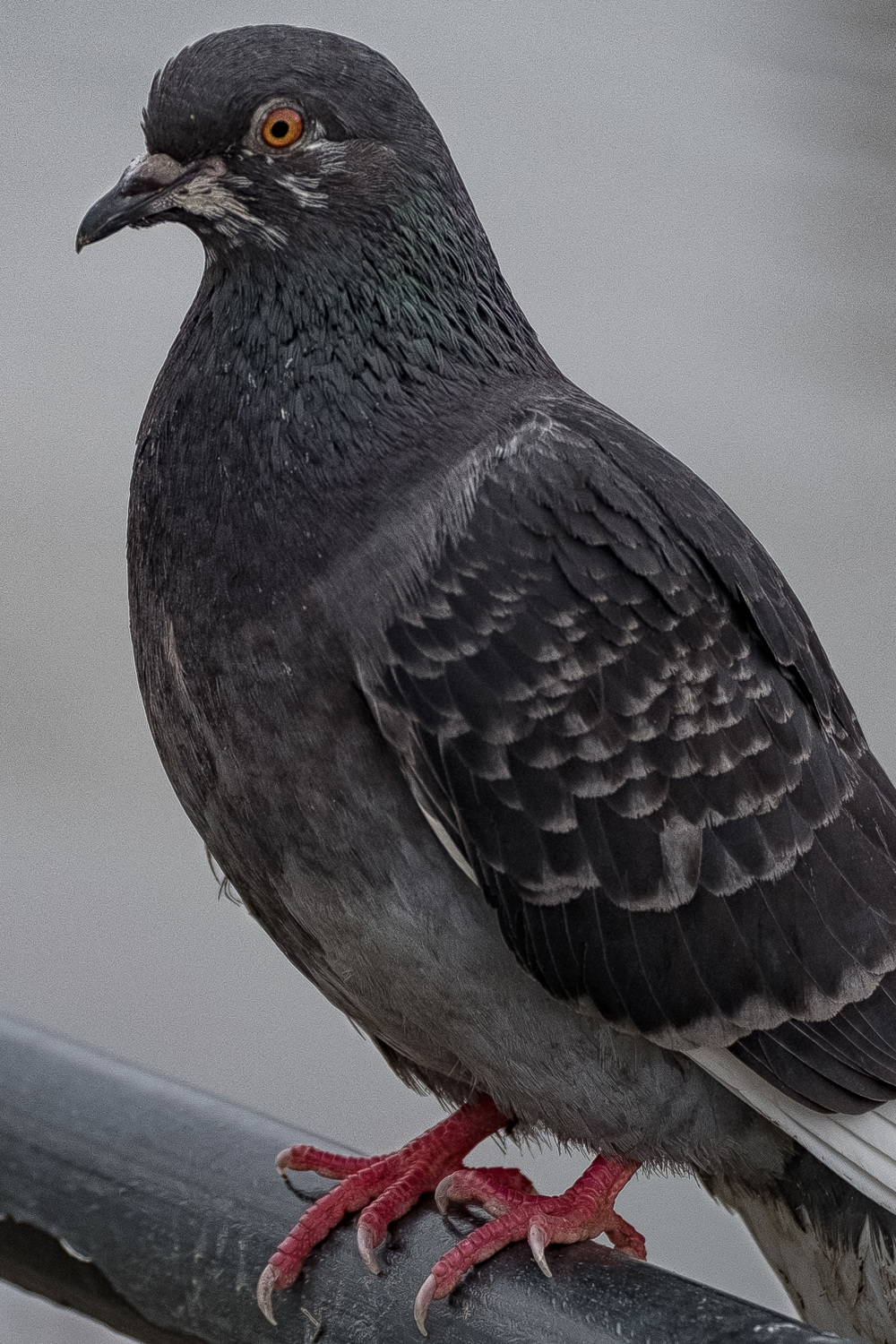
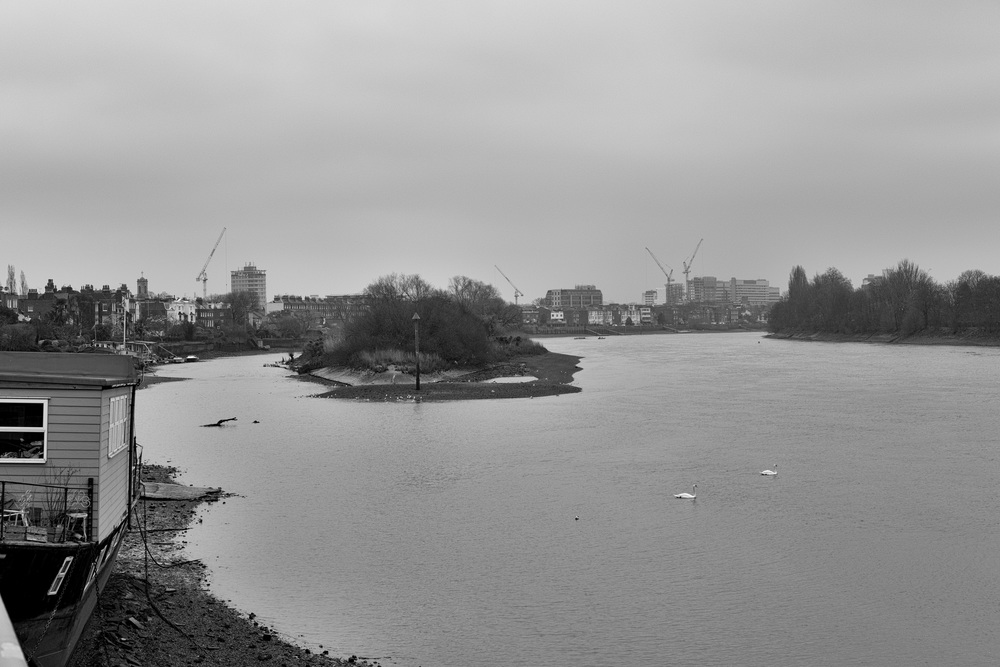
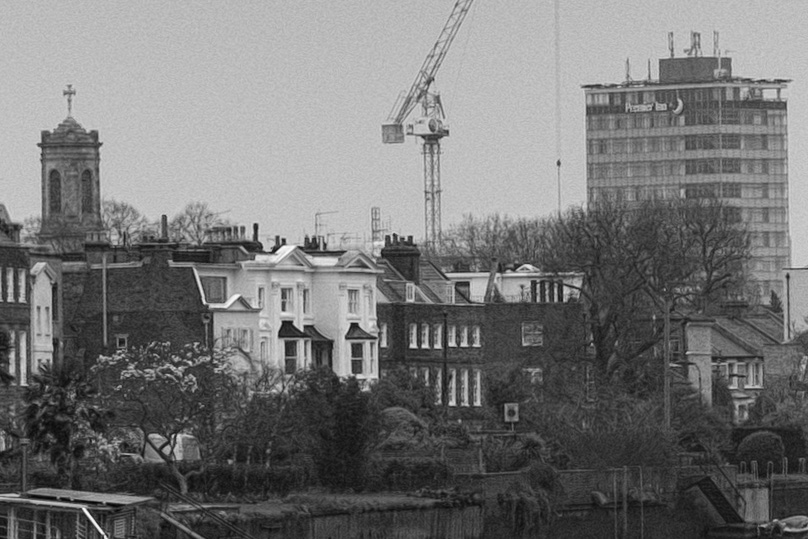
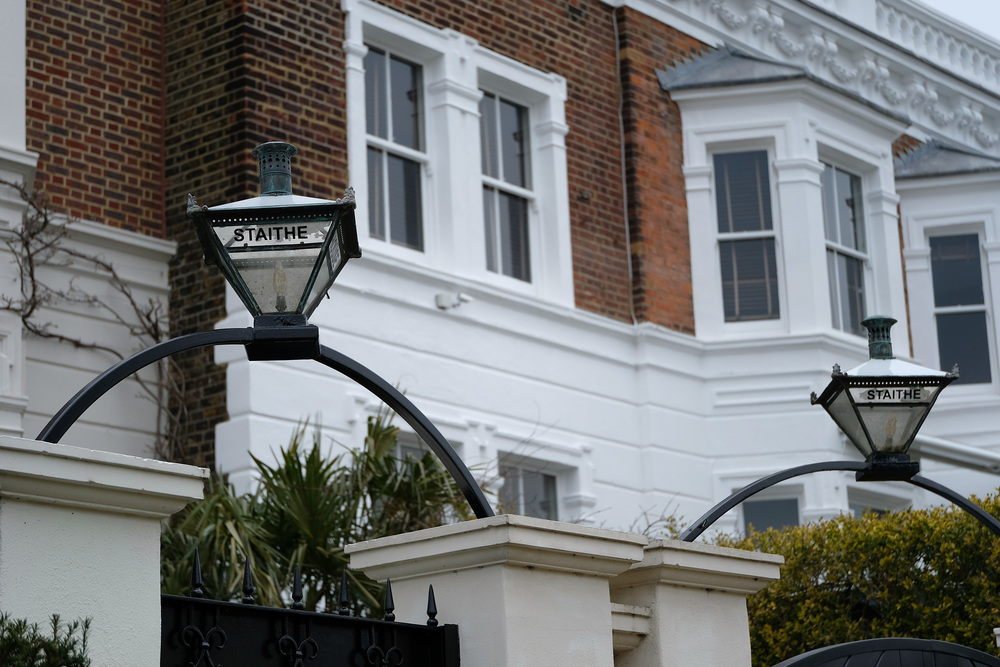
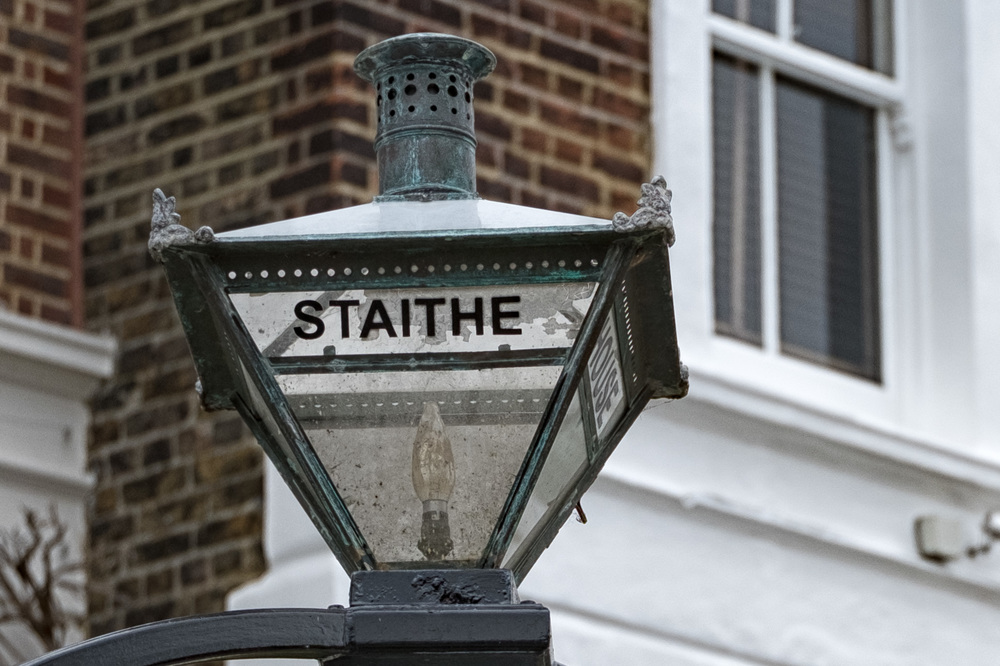
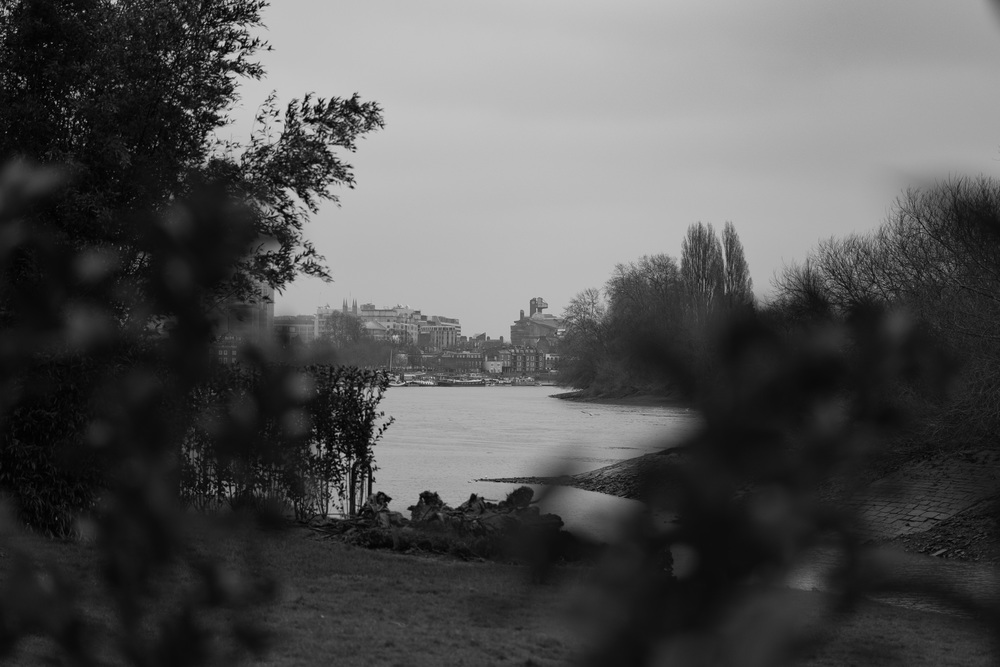
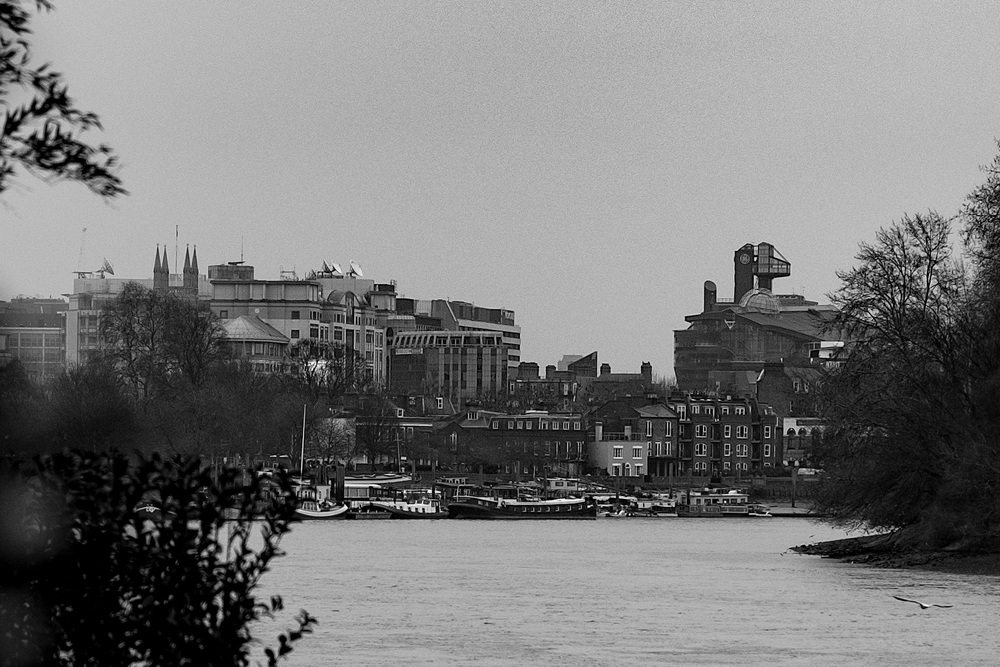
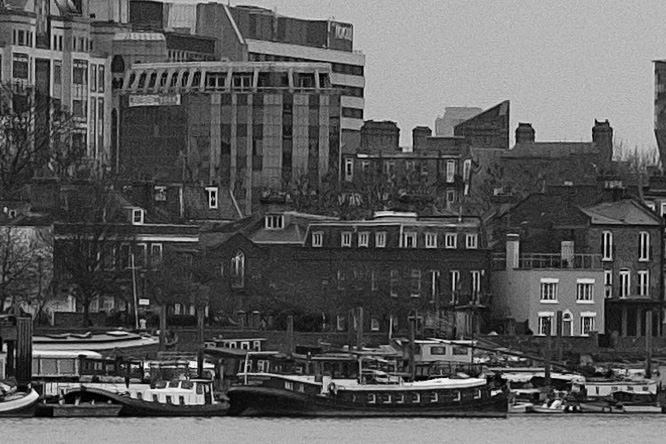
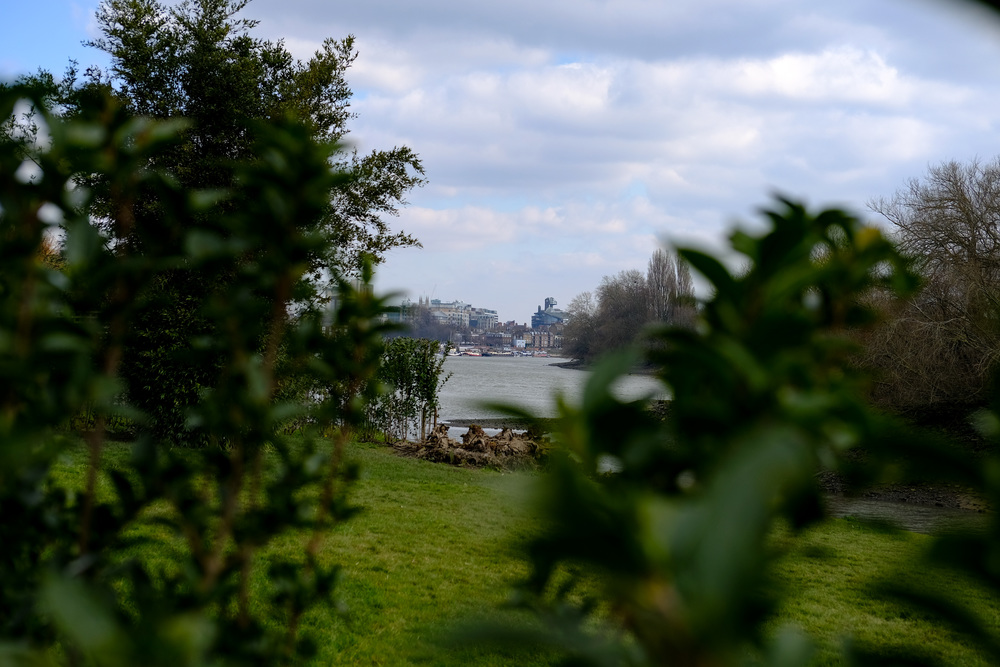
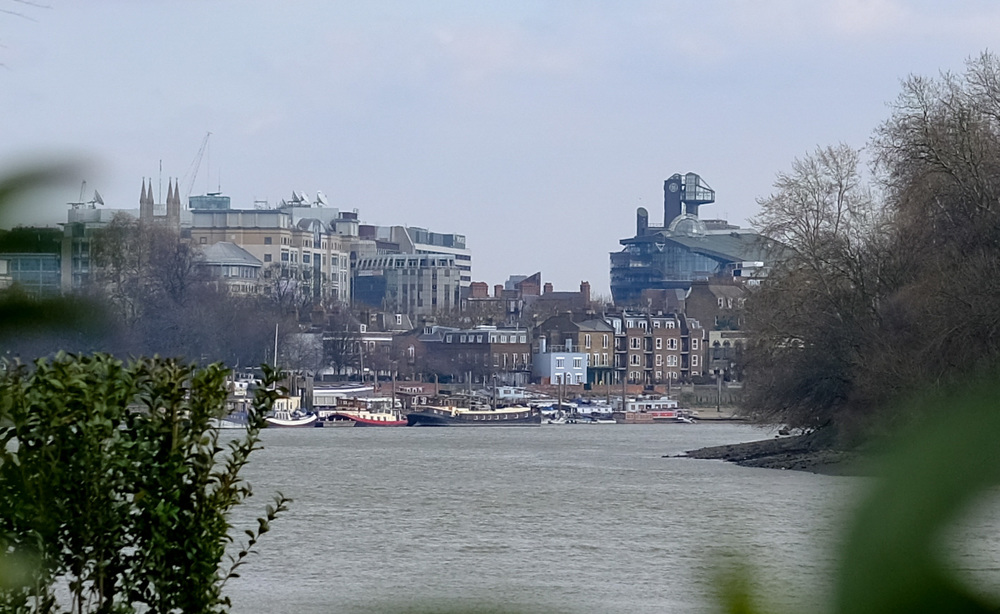
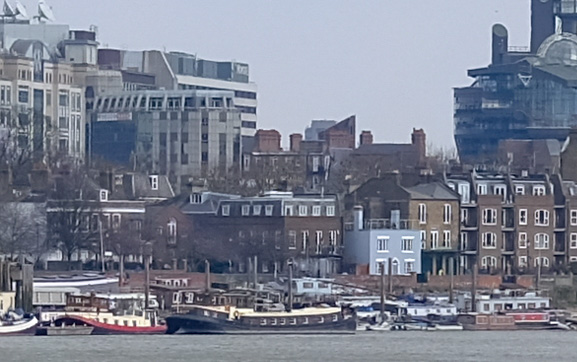
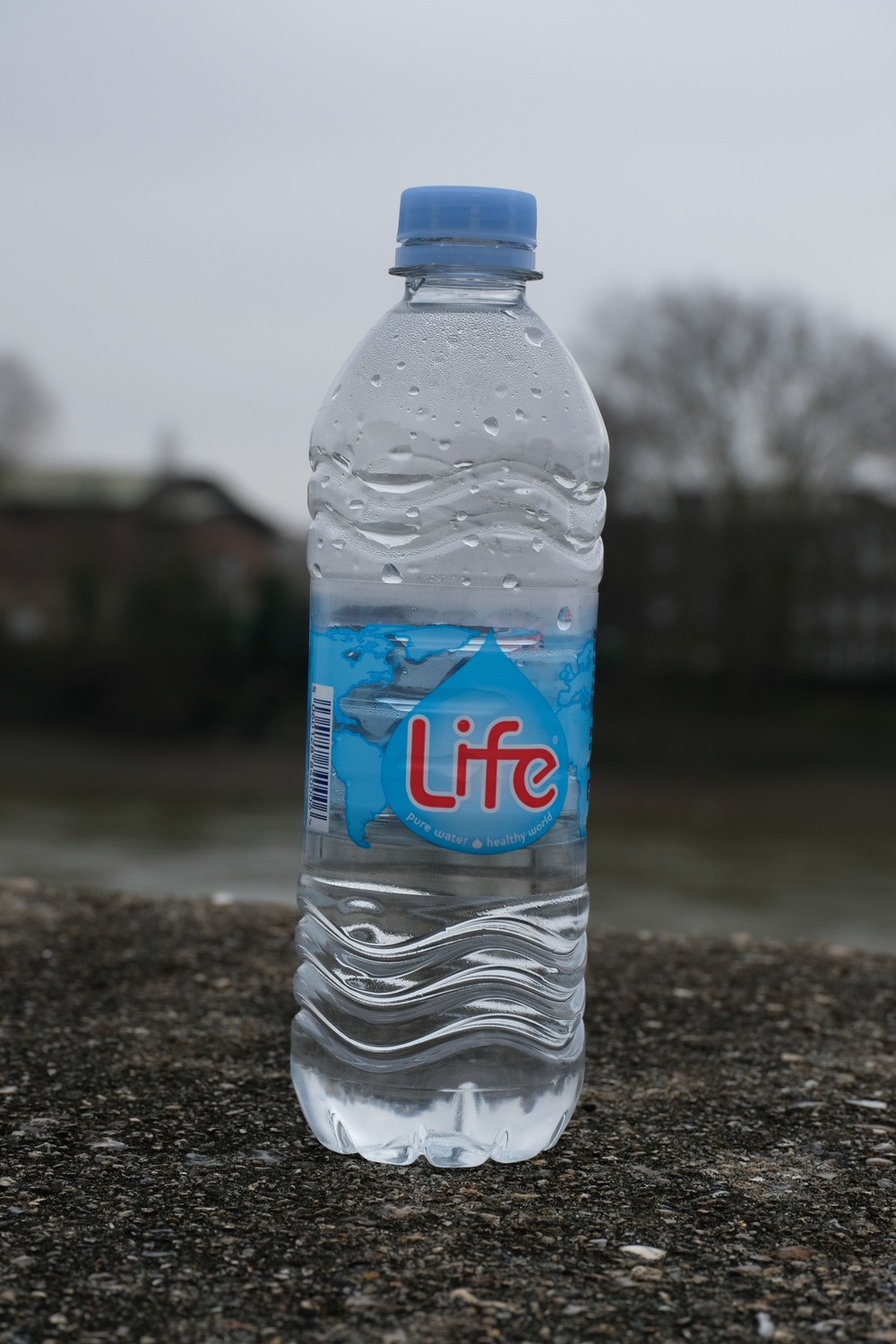
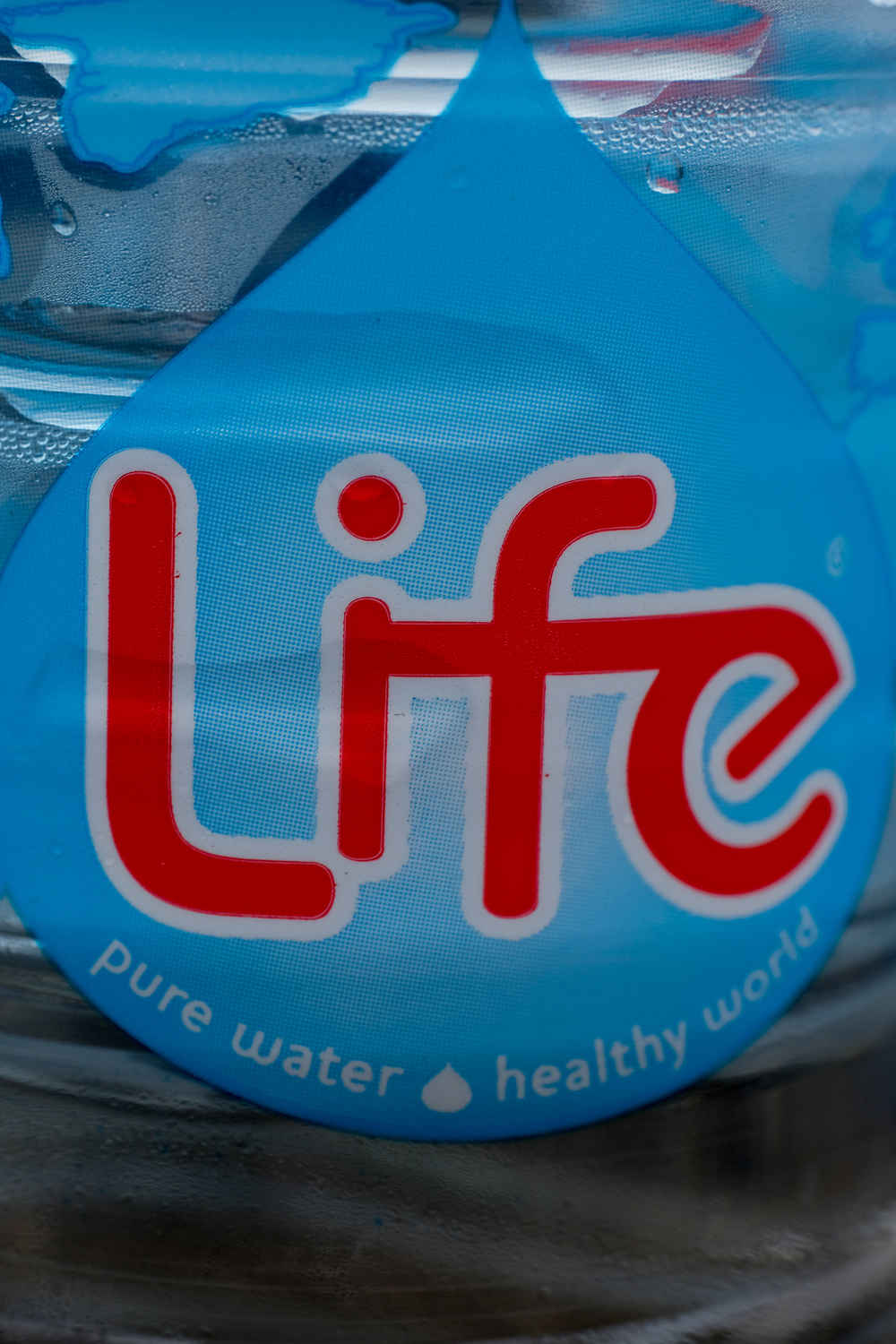
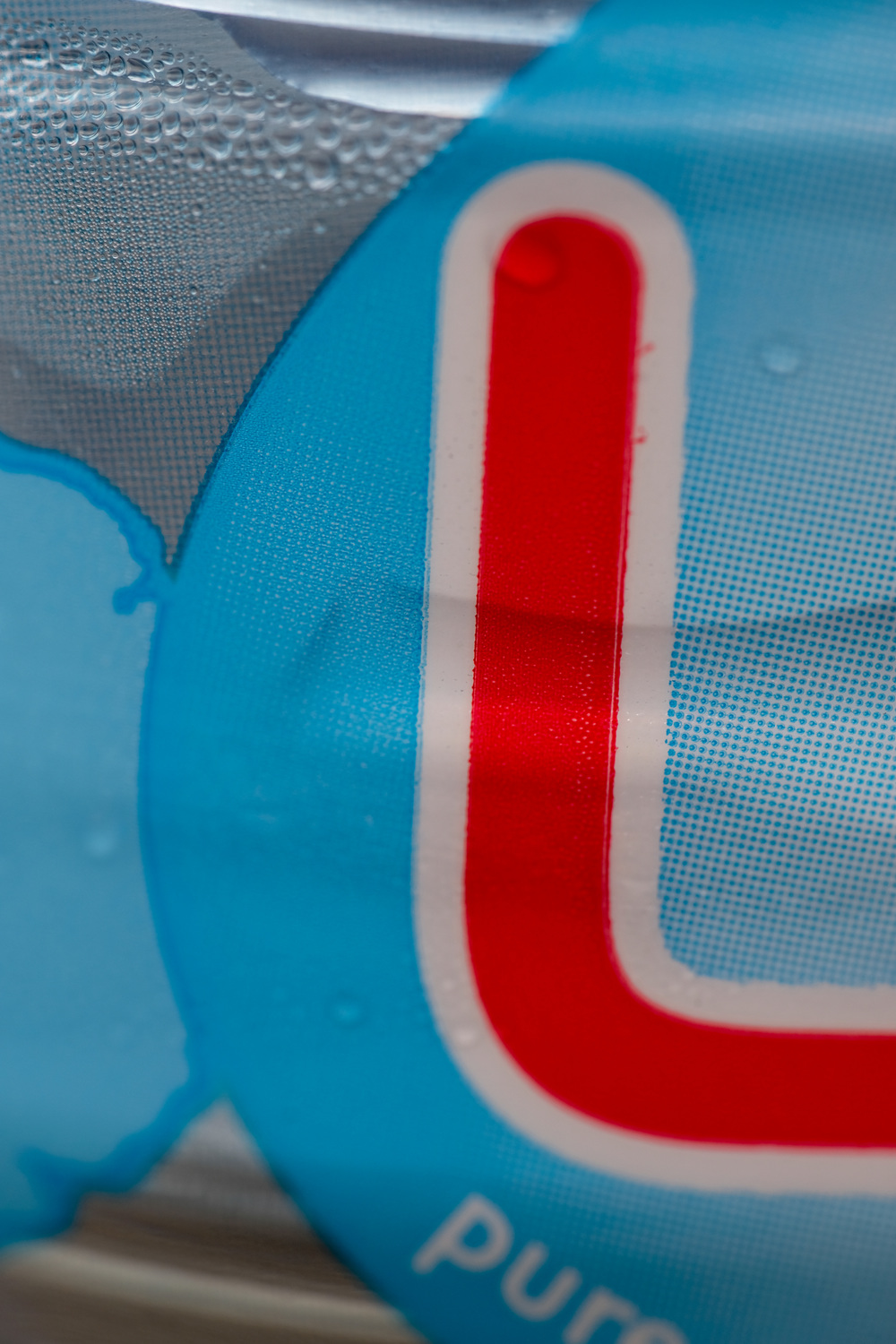
OCOLOCOHOP eh?
I like it.
Many thanks for the review and comments, not sure that I am convinced though. How does this compare to the T or even the X from Leica, Michael?
I ask because I am still waiting for my "Pure M digital", the M262 is still the nearest thing, but once I start looking at it then, I immediately start to wander off into the realms of the MP 240, ore even the M9P… Then I get all confused again, and the whole thing starts again.
It always seems to gravitate back to the OVF, and simple controls for me.
I also like the look of the Leica X, but the visoflex puts me off.
Defend yourselves and your choices chaps!
Just a few points on the OVF v EVF issue. The main distinguishing points about the X-Pro 2 are the OVF and the Leica-type layout. The X-T1 has a larger and, in my experience, a better EVF than the X-Pro 2 and I would expect the X-T2 to be better again. I also find the EVF on the X-Pro 2 to be somewhat over-contrasty compared with that on the X-T1. For my eyes, with the various issues which I have, the OVF is better. That being said, the OVF and the PIP focus peaking etc are not as good as what you get on a Leica, but then nothing else is, which should be the case considering the price differential. I suppose the nice thing about the X-Pro 2 is that you do get a range of options to suit a wide range of user preferences. It is a lovely camera with its mixture of traditional features and modern technology. I am looking forward to many happy hours using the camera.
William
I agree, although I have no problems with the X-Pro2’s EVF (yet, but it’s early days). It is smaller than the EVF of the X-T1 but that doesn’t bother me overmuch. As for the options, I can see the benefits of being able to choose OVF or EVF but it brings us back to the Leica ethos of simplicity. Too many options can confuse. I found with the X100T that I was forever swapping from OVF to EVF in case I was missing something. In the end, I just concentrated on the EVF, given that the OVF was a disappointing experience for anyone used to the Leica rangefinder. Similarly, I never took to the EVF option on the Leica M, always preferring the rangefinder which, after all, is the M’s raison d’etre. Although I have the VF-2 for the M, it’s an old design and I never use it except for my 21mm Super-Elmar or some longer lenses (such as the new Mountain Elmar) that I wish to try.
As you say, though, the big attraction of the Pro2 for us is that Leicalike rangefinder image, something that sets it apart from the DSLR-like X-T1 and X-T10. It just looks more "enthusiast" if you like.
Thanks Michael. Did you largely use the OVF or the EVF or both? I mainly use the OVF with the second focus spot for parallax correction for AF. Close up you have to guess a bit where the actual focus spot will fall but at any significant distance it is more or less the same as the centre spot. I don’t use any of the multipoint stuff or mess around with the joystick like a youth with a video game. Focus and recompose is something you learn to do very quickly with a Leica. My preference for the OVF comes from eyesight issues and the fact that I find it very hard to see EVF details in bright weather. I even purchased a new set of spectacles to help with this, but the OVF is perfect and as a bonus you get to see outside the frame which should lead to better composition. Did you try any manual focus with what you call the PIP viewer?
I really like the arrangement for the ISO dial as it is almost impossible to get knocked off the set ISO. Auto ISO works well too. I tend to largely make adjustments (for ISO, aperture, exposure compensation etc) looking down at the camera and not when it is up to my eye. This eliminates the ‘wrong side of the road’ issue. My method probably comes from my use of vintage Leicas. I prefer more leisurely photography to the ‘Olympic Sport’ kind!
The 35mm Lens is excellent for an autofocus prime lens and from your photos the Zeiss lens looks to be very nice too. I got an 18-55mm kit zoom with the X-T 1 and it worked quite well with that camera but I find that it struggles a bit with the extra megapixels on the X-Pro 2, particularly in the corners in landscapes. I have seen this happen before with Nikon zooms ( eg 14-24 f 2.8) that were excellent on the D3 but then struggled with the extra megapixels on the Nikon D 800E. The price of ‘progress’?
Maybe we will have that three way photo shoot someday soon. The X-Pro 2 is an excellent camera that Leica should study very carefully. My next trip ‘across the pond’ will be for the Leica Society AGM in Corsham and my bag will be full of Leica stuff for that.
William
William, it is early days yet and, so far, I have mainly used the EVF. I don’t seem to have any of the problems you describe and I certainly appreciate the new dioptre control which seems to stay put once it has been set. The lack of a dioptre was a major deal breaker in the X-Pro1. I tried screw-in lenses but kept losing them. I have tried the OVF but am not overly enthusiastic. It’s no Leica rangefinder. I did have experience of it on X100T which I had for a time but found I ended up moving back to the EVF for speed and maximum efficiency. I did try manual focus with the picture-in-picture screen but find it rather unsatisfactory. The split-image option is difficult to see, frankly, and focus peaking in such a small image is suspect. Frankly, I have stuck with AF. I can amuse myself focusing M lenses manually but I see the X-Pro2 (as with the Q) as an opportunity to use a good EVF.
I agree on the ISO dial within the speed dial. It’s a good idea, although most of the time mine is on A. I no longer own the 18-55 and, after your comments, I have no wish to buy it again. I shall be looking critically at the 18-135, although I am hoping that because of its later design it has been optimised for the possibility of the larger sensor.
Fuji Society AGM. Am I missing something? Ought I to join and go? I’ll mention it to Bill as well.
Enjoyed the article, thank you! I think you should contact a photographer on your side of pond who uses xpro2, a Mr. Peter Bridgwood whose u tube video I think is terrific, to join the three musketeers for your London outing. His main kens from what I gather is 18-55, really lovely landscapes.
Thanks, John. I’ve had a look at Pete Bridgewood’s YouTube site. I don’t know him but the landscapes are excellent. I’ll keep my eye out for him.